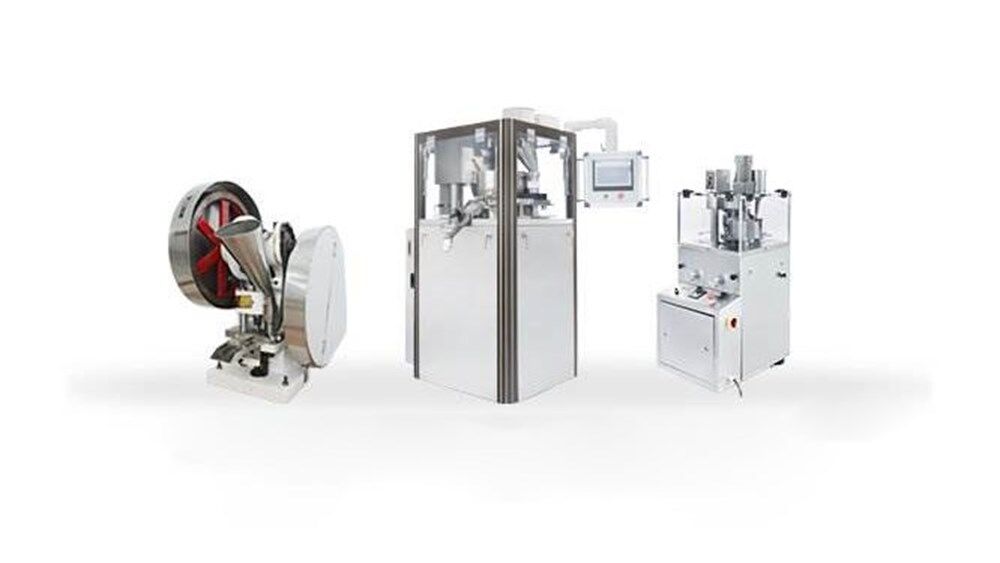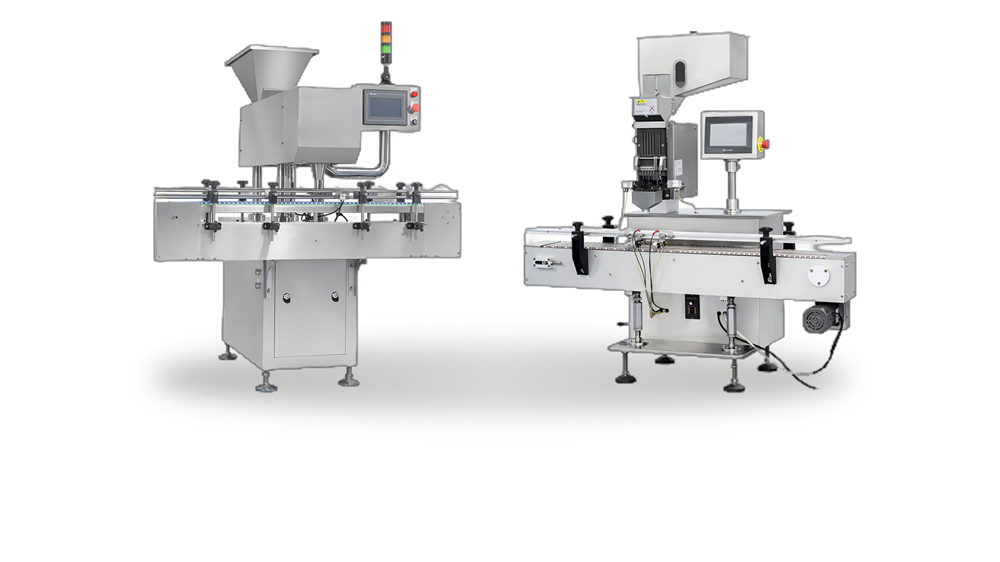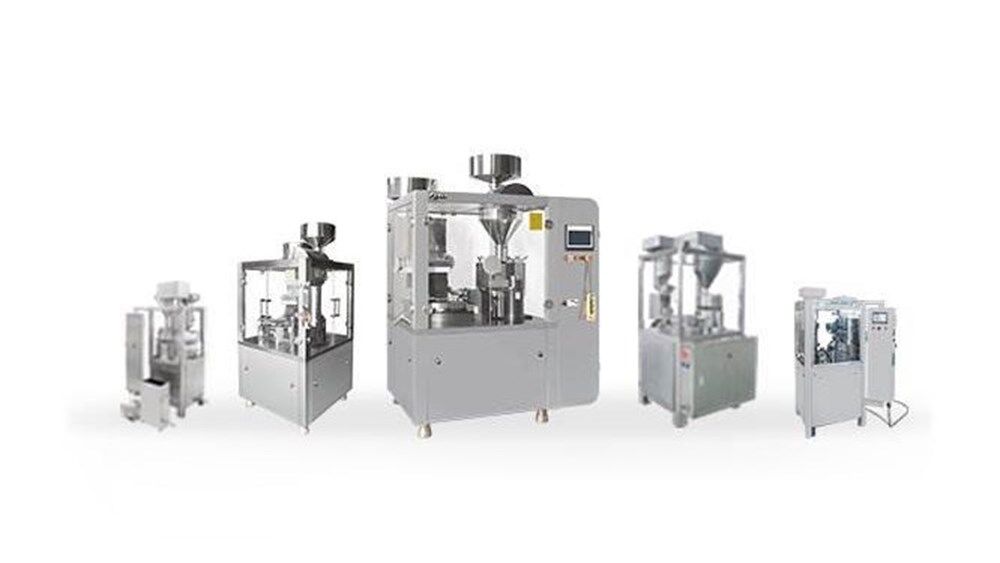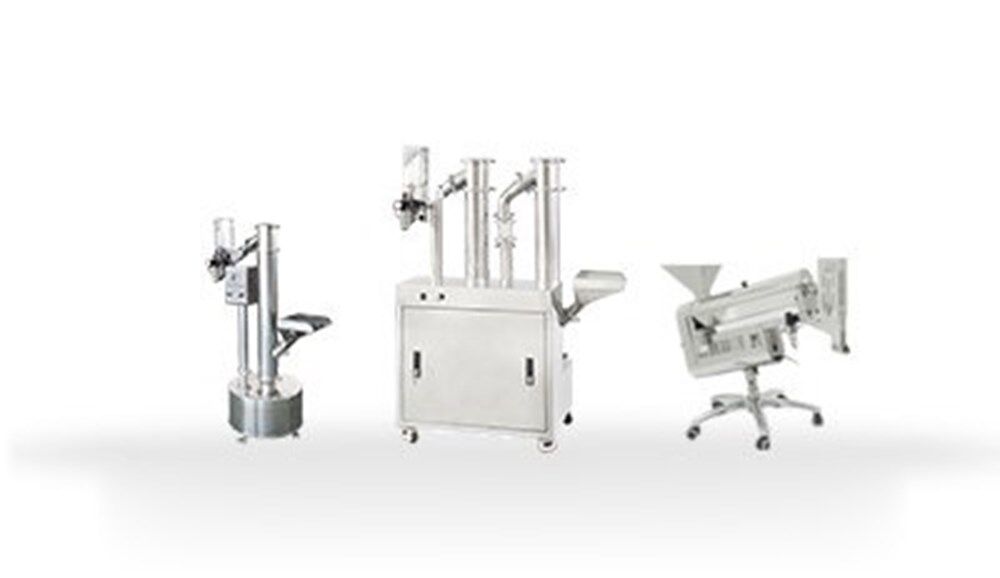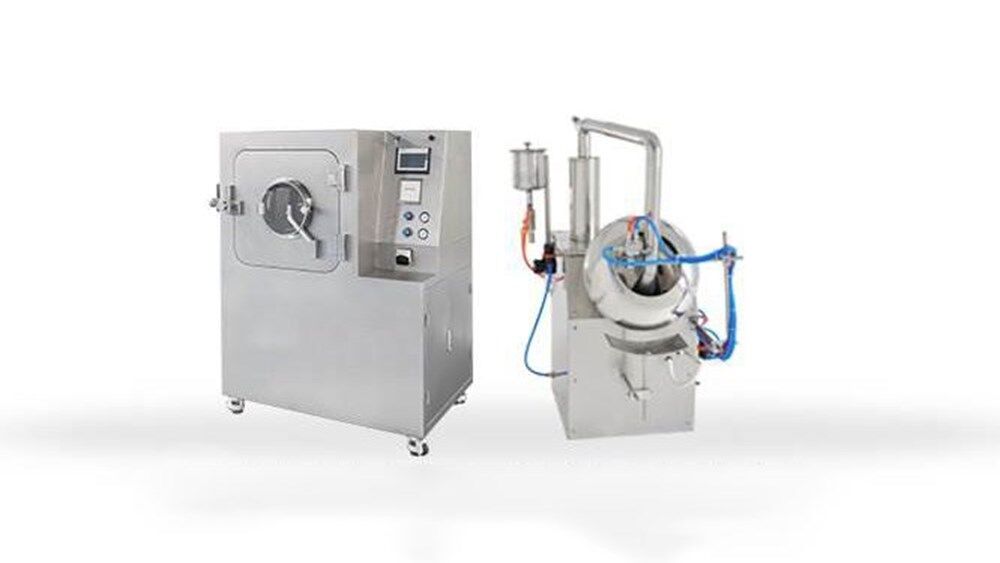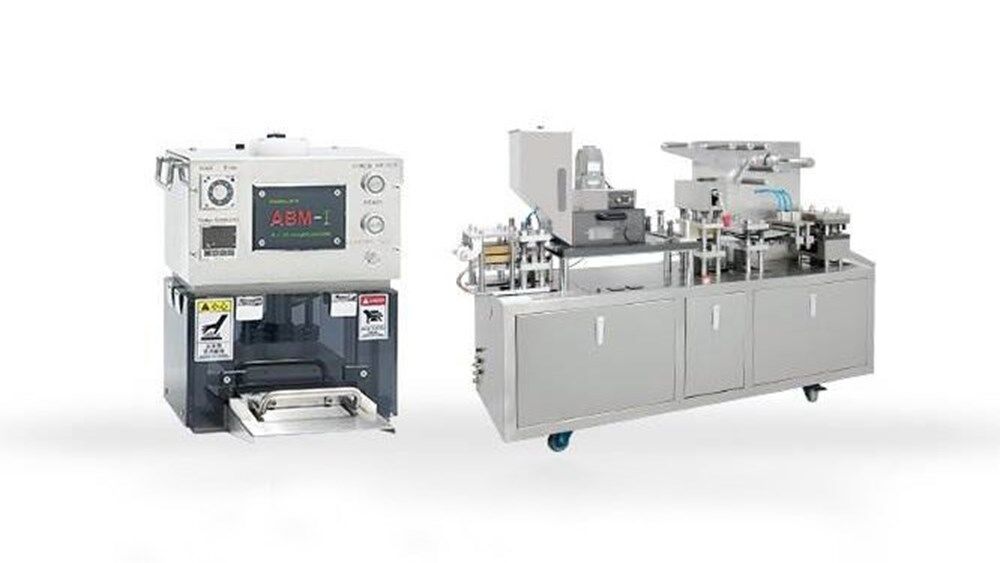Film Coating VS Sugar Coating: What's The Difference
In the pharmaceutical industry, coating tablets or capsules with sugar or film is a process used to add a protective layer. The film coating process involves coating the medication's surface with a thin layer of polymer.
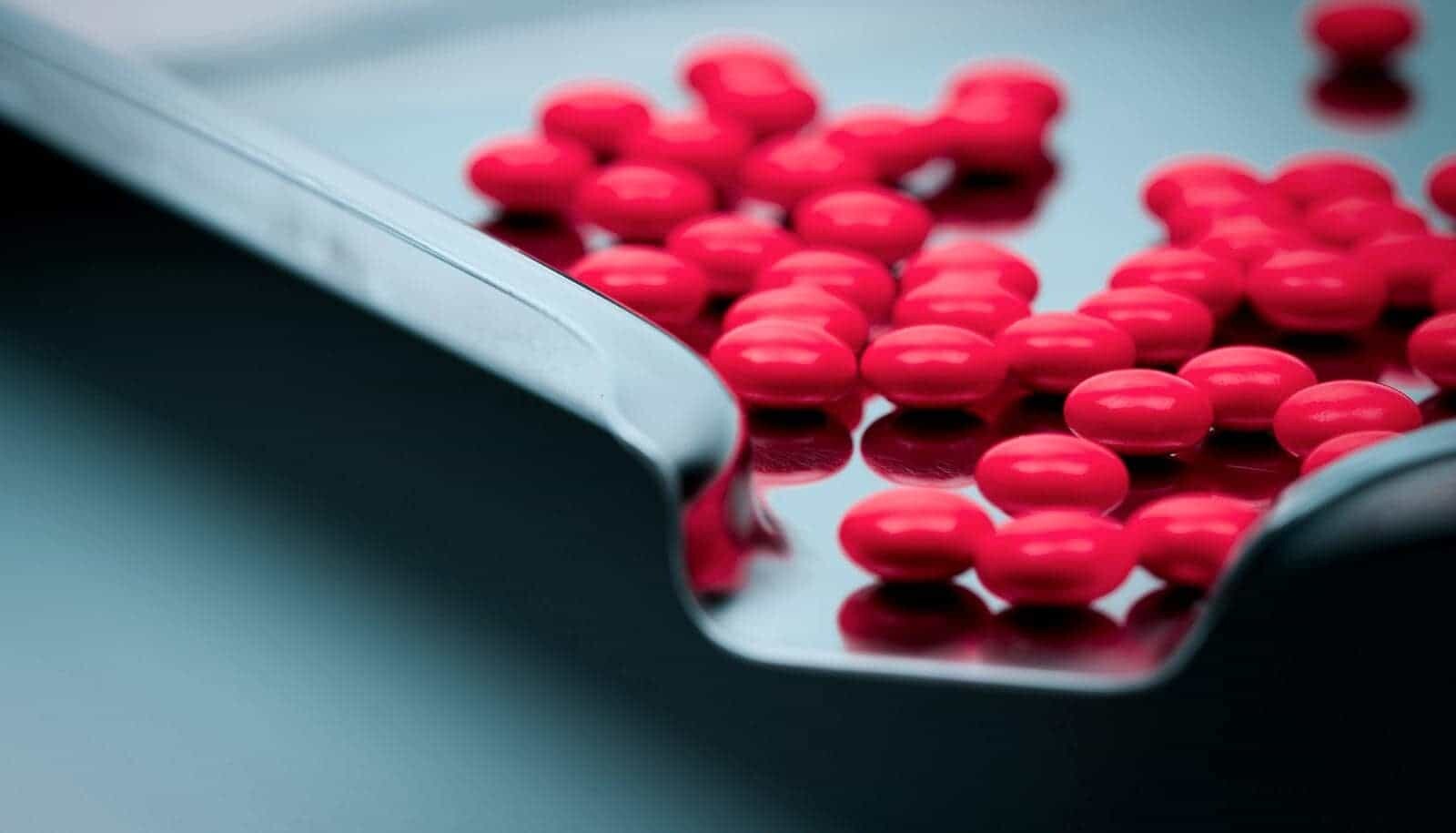
In contrast, sugar coating involves coating the tablet with a mixture of sugar and other chemicals to provide a smooth, glossy finish. The appearance, taste, and stability of medications can be improved using film coating and sugar coating, say, medical professionals, which will increase patient compliance and drug effectiveness.
The craft of film and sugar coating is precious in the pharmaceutical industry. Medicines are protected by coating in a similar way that a chef adds icing to a cake.
Why film coating and sugar coating are important in the pharmaceutical industry
Let us begin with the film coating. Imagine a pill with a glossy, bright wrap that looks like a small candy. The process of coating a tablet or capsule with a thin layer of a polymer or a mixture of polymers is known as film coating. The film coat acts as a protective layer, covering the medication from air, light, and moisture that could cause it to degrade, lose effectiveness, or take on an unpleasant taste or odor.
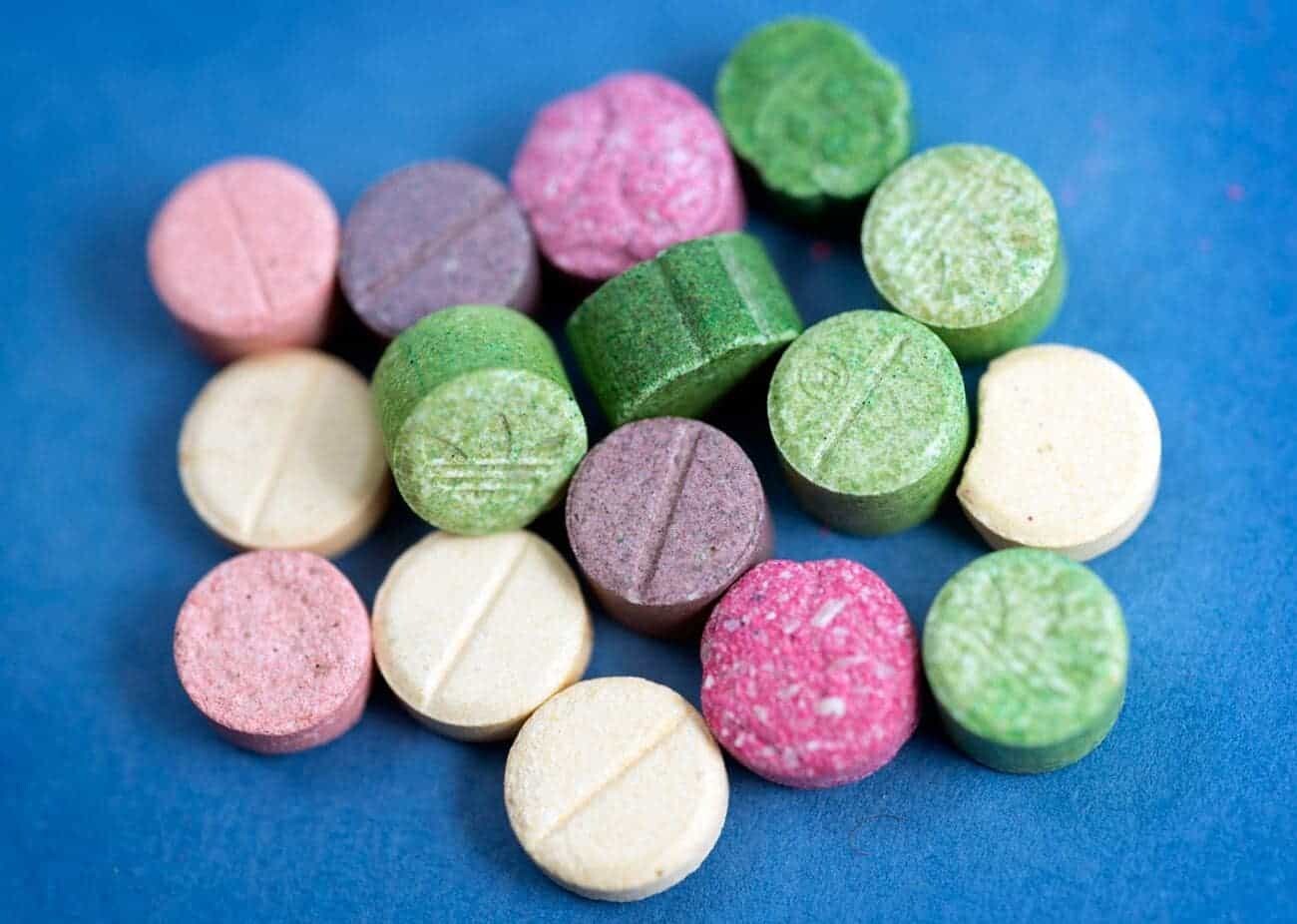
Film coating can make the medication simpler to ingest, particularly for those who have trouble swallowing pills. Additionally, because they are less prone to degrade over time, film-coated tablets or capsules can have a longer shelf life.
Let's now get into sugar coating. A layer of sugar, coloring compounds, and polishing agents are applied to a tablet as part of the traditional process of sugar coating. Similar to film coating, the sugar coat acts as a barrier, protecting the medication from air, light, and moisture.
However, sugar coating has another advantage—it can make the drug more aesthetically pleasing. Patients, especially kids who might be reluctant to take medication, may find sugarcoated tablets more appealing due to their bright, shiny appearance.
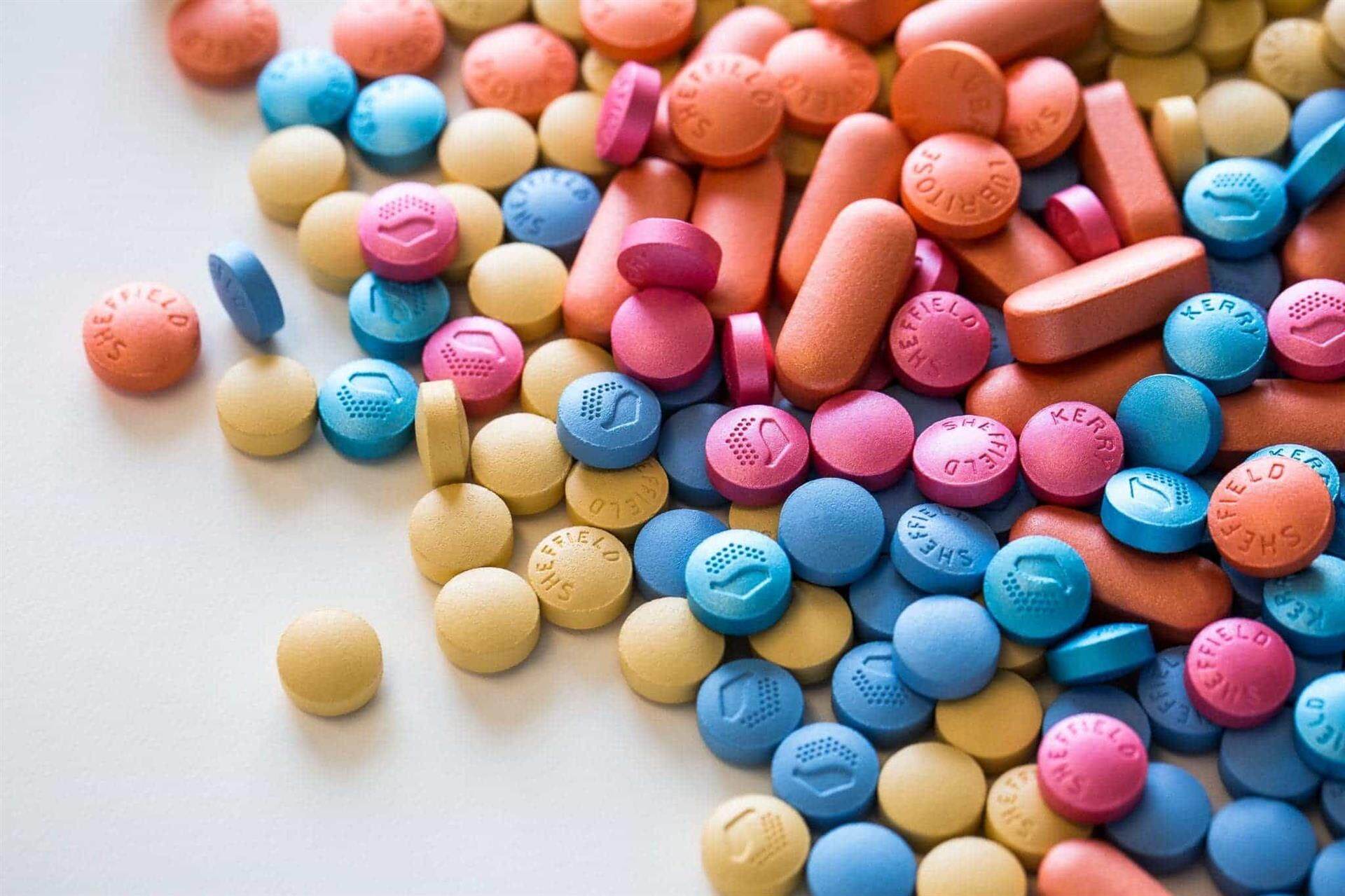
When the pill is placed in the mouth, the sugar coat may also produce a tactile feeling that makes it simpler to swallow.
Brief overview of the benefits and drawbacks of each method
The process of "film coating," which involves covering a tablet with a thin layer of polymer, can increase the tablet's longevity, make it simpler to swallow, and improve taste muffling. Film coating can, however, be more expensive, time-consuming, and equipment-intensive than other coating techniques.
On the other hand, sugarcoating entails covering the tablet's surface with a thin layer of sugar and other components. This can enhance the tablet's flavor and look, but it might also add more calories and be less durable than film coating.
Film Coating
To protect the drug and enhance its look, smell, and stability, a thin layer of polymer or other materials may be applied to a solid dosage form, such as tablets, capsules, or granules.
How film coating works
Four phases are commonly involved in the film coating process:
- coating solution preparation
- coating solution applied to the dosage form
- drying of the coated product
- coating cure
Materials used in film coating
Depending on the unique needs of the medicine and the intended coating properties, different materials can be utilized in film coating. Typically, film-forming polymers including ethylcellulose, polyvinyl alcohol, polyethylene glycol, and hydroxypropyl methylcellulose (HPMC) are used.
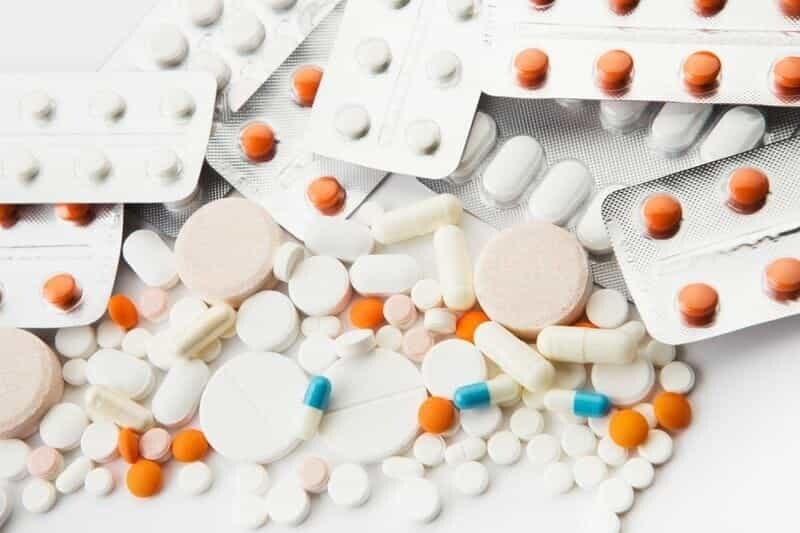
To change the coating's characteristics and appearance, additional elements like plasticizers, pigments, and opacifiers may be added to the coating solution.
Advantages of film coating
The following are the benefits of film coating:
- Increased patient acceptability: Film coating can make medicine more pleasant and easier to swallow by enhancing its taste and appearance.
- Drug protection: A film coating can shield a substance from exposure to light, moisture, and other elements that could diminish its effectiveness and stability.
- Easy Identification: To make dosage forms easier to identify and monitor, film coating can be used to print identification information, such as the medicine name, strength, and manufacturer, on them.
Disadvantages of film coating
Among the drawbacks of film coating are:
- Cost: Due to the additional materials and processing processes needed for film coating, the cost of the production process as a whole may increase.
- Processing time: Since the coating process requires numerous processes, including drying and curing, film coating might extend the time needed to make a dosage form.
- Issues with stability: In some situations, interactions between the medicine and the coating material might cause problems with stability or diminished efficacy. These problems can be reduced with proper coating material selection and formulation optimization.
Read More:
Film Coating Machine: The Ultimate Buying Guide
Sugar coating
There are multiple processes in the sugar coating process, including:
- Sealing: The first stage in sugar coating is to cover the object's surface in a thin layer of sugar syrup. This helps shield the object's inside from oxidation and moisture.
- Layering: The item is covered with sugar syrup in layers, each of which is applied in turn and allowed to dry before the next layer is added. The result is a surface that is shiny and smooth.
- Polishing: The sugar coating is polished in the last phase to give it a bright, smooth finish using a special wax or oil.
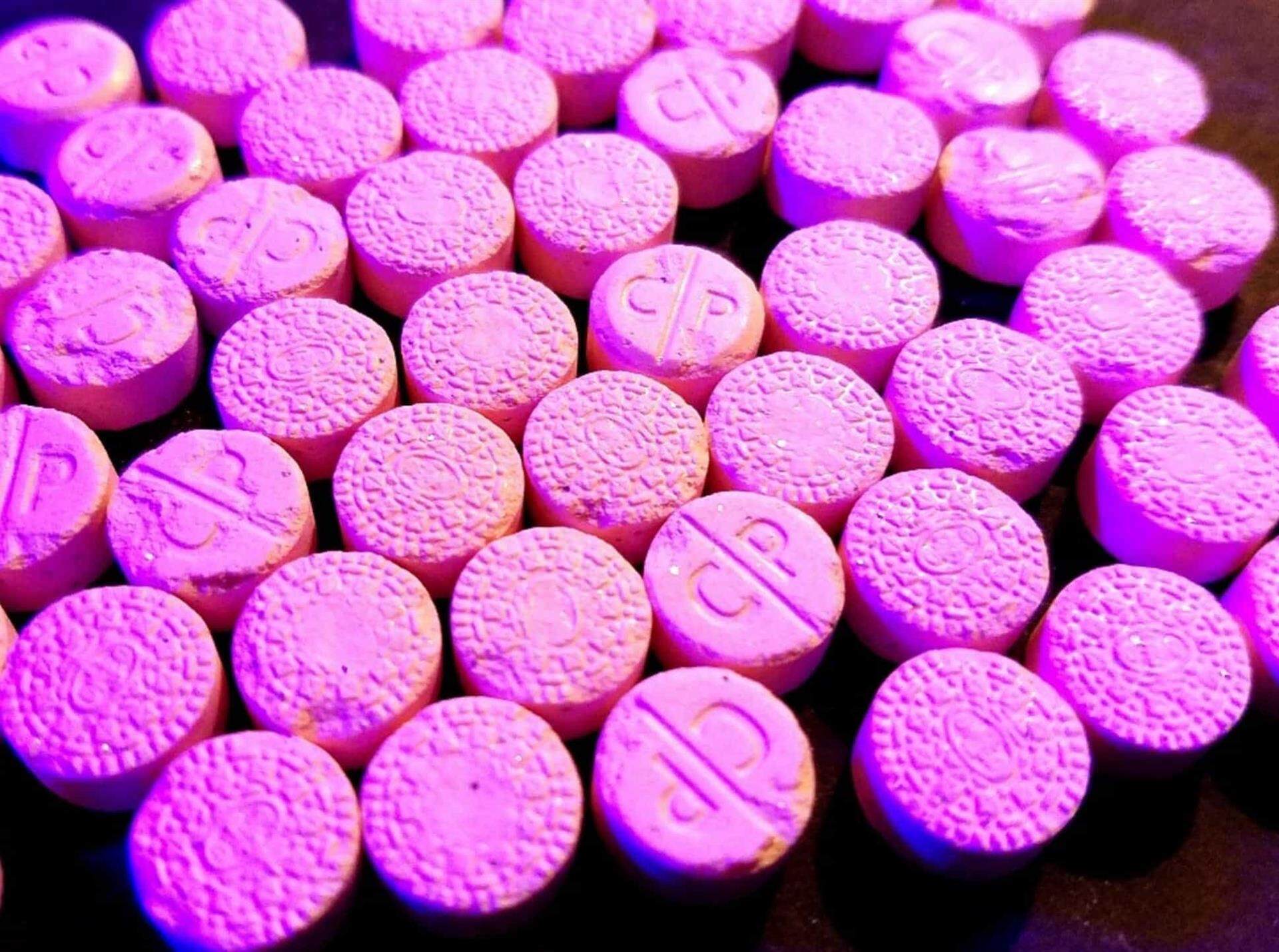
Sugar, water, and occasionally additional components including flavorings, colors, and waxes are the substances used in sugar coating. Depending on the product being coated and the intended result, the exact recipe may change.
Advantages of Sugar Coating
The following are the advantages of sugar coating:
- Improved appearance: Sugar coating can make a product look better, which increases its consumer appeal and appeal to consumers.
- Improved taste: Sugar coating can give a product a sweet, sugary flavor that improves flavor.
- Protection: Sugar coating can offer defense against oxidation and moisture, extending the shelf life of the medicine.
- Easy Swallowing: Swallowing is made simpler by the sugar coating on some pills, which makes them more enticing to consumers.
Disadvantages of Sugar Coating
The downsides of sugar coating are as follows:
- Increased production time and cost: Sugar coating is a labor-intensive procedure that calls for specialized equipment and expert people, which can extend production times and raise costs for the finished product.
- High sugar content: Consumers who are attempting to cut back on their sugar intake may have concerns about products with sugar coating because it might add a large amount of sugar to the product.
- Overconsumption risk: Products with sugar coatings may appeal to customers more, which could result in excessive consumption and possible health problems.
Key differences between film coating and sugar coating
Pharmaceutical tablets are typically coated using one of two techniques: film coating or sugar coating. The main variations between the two are as follows:
- Composition: Sugar coating involves coating the tablet with many layers of sugar syrup, whereas film coating entails covering the tablet with a thin polymer film.
- Appearance: In terms of aesthetics, film-coated tablets have a smooth, matte finish while sugar-coated tablets have a shiny, glossy look and a mildly sweet taste.
- Thickness: Sugar-coated pills are often heavier and thicker than film-coated tablets in terms of thickness.
- Time and effort: The labor-intensive, multi-step sugar-coating process might take many days to complete. On the other hand, film coating is a quicker process that can be finished in a few hours.
Which method is better for different types of drugs
Which approach is more effective for various sorts of medications relies on the characteristics of the drug and the coating's intended results.

For instance, film coating can be a better option if the medicine is moisture sensitive. If the medication has a bad taste or smell, sugar-coating might be recommended.
Cost comparison between film coating and sugar coating
Since it takes less time and manpower to produce, film coating is typically less expensive than sugar coating.
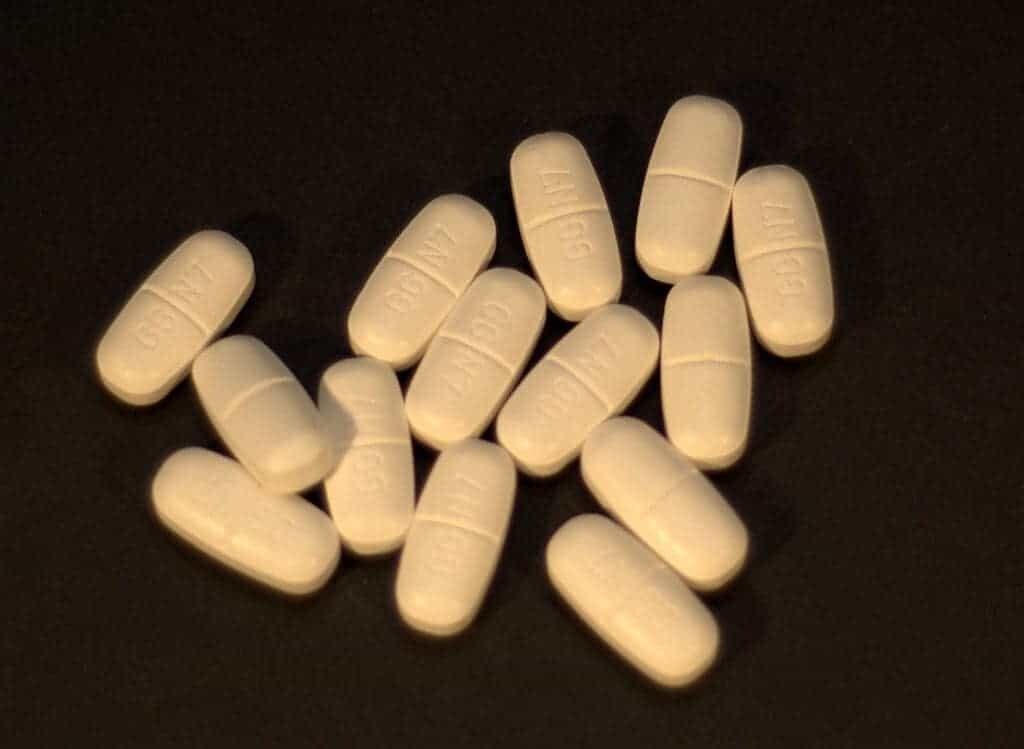
However, the cost discrepancy can change based on the particular tools and materials utilized.
In the end, the manufacturer's preferences and the particular requirements of the drug will determine whether film coating or sugar coating should be used.
Recommendations for pharmaceutical companies
The pharmaceutical industry should decide whether to utilize film coating or sugar coating after considering the unique requirements of each drug and its intended consumer.
In contrast to a drug that needs to be easily ingested or has an unpleasant taste, a medication that is intended for long-term use and needs to remain stable over an extended length of time may benefit more from film coating.
Overall, to enhance medicine effectiveness, compliance, and patient outcomes, the pharmaceutical sector should keep experimenting with innovative coating methods and technologies.
Companies should work to create coating procedures that minimize any negative effects on drug stability, cost, and production time while also keeping in mind potential coating technique downsides.
Here’s a brief introduction to iPharmachine’s tablet coating machines.
The BYC-1000 Tablet Coating Machine by iPharMachine is a modern piece of machinery used to coat the exterior surface of tablet cores with a layer of sugar or film. It combines strong current, weak current, hydraulic pressure, and pneumatics, and has a production capacity of 50-75 kg per time.
The BYC-1250 Tablet Coating Machine is another option from iPharMachine, with a larger coating pot diameter of 1250 mm and a production capacity of 80-150 kg per batch.
Both machines work by rotating the coating pot and using a sprayer to apply coating liquid to the tablet cores while heated air removes any remaining water from the tablet's surface.
You don’t want to miss out on this amazing technology. Get it now!
Conclusion
Tablets and capsules used in the pharmaceutical sector include a coating of film or sugar to act as a protective layer. A thin layer of polymer is used to coat the surface of the medication in the film-coating process, whereas a mixture of sugar and other chemicals is used to coat the tablet in the sugar-coating process.
While sugar coating can make the drug more aesthetically pleasant and more enticing to patients who have trouble swallowing pills, film coating can make the drug easier to swallow and extend its shelf life.
The benefits of sugar coating can include improved appearance, flavor, and protection, whereas the benefits of film coating include drug protection, greater patient acceptability, and simple identification.
But compared to other coating methods, film coating can be more expensive, time-consuming, and resource-intensive, while sugar-coating might increase caloric intake while being less resilient.
Leave your comment
Also Offers
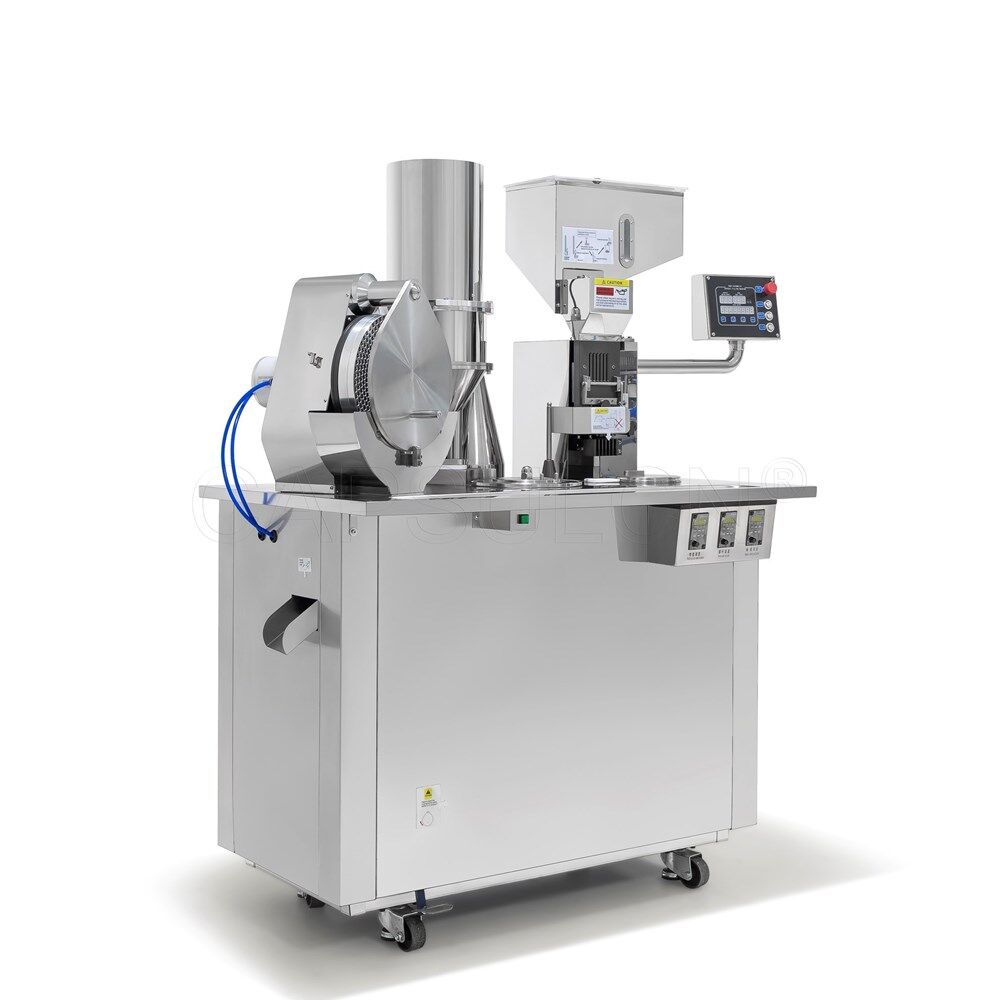
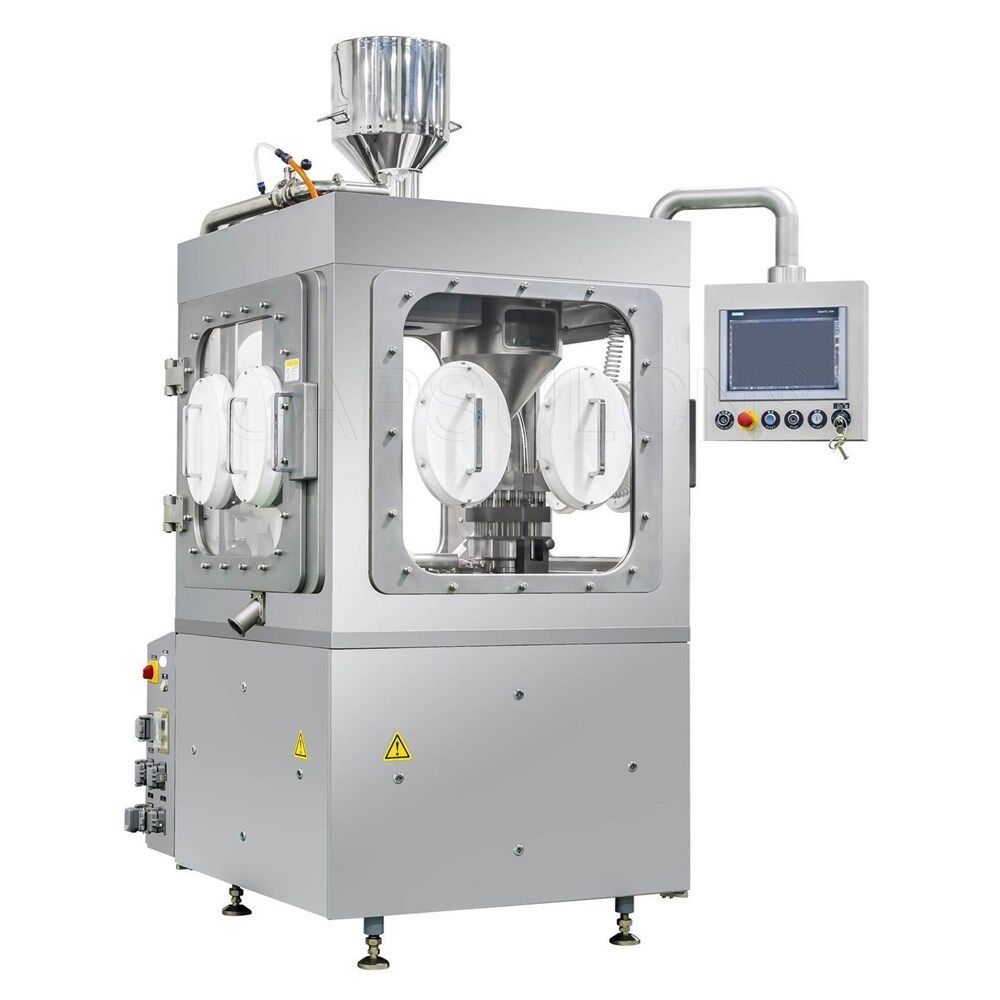
Containment Automatic Capsule Filling Machine SFK-703
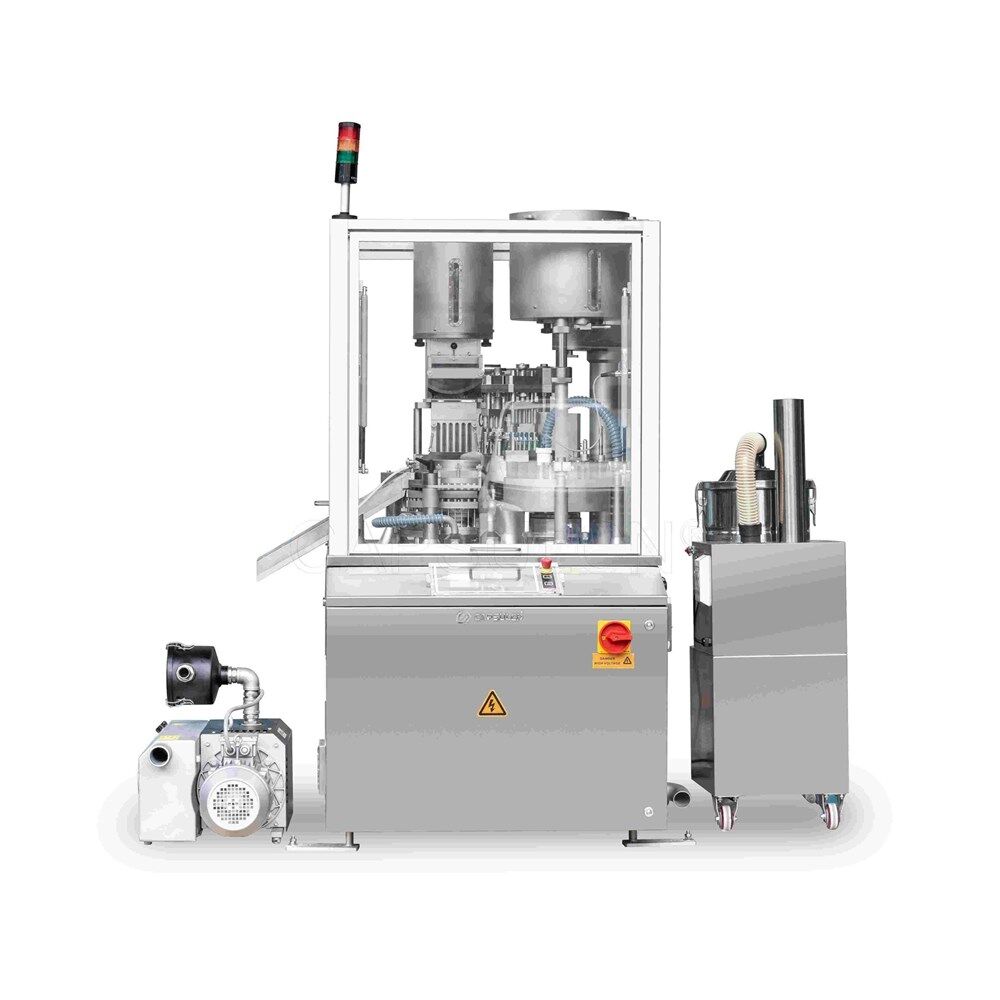
Fully Automatic Dosator Capsule Filling Machine CZ-40
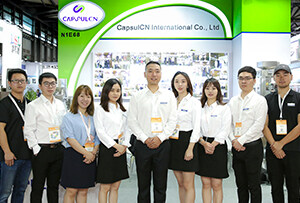
Our Team
As an expert in the pharmaceutical and pharmaceutical packaging industry, iPharMachine has provided solutions for hundreds of pharmaceutical and health product manufacturers for 17 years. By visiting customers, we get good reviews from our customers.
- info@ipharmachine.com
- English Español Deutsche
